- Catherine
- August 27, 2023
- 9:40 am

John Doe
Answered on 9:40 am
The transmission distance of the InfiniBand cable depends on the type, rate, and quality of the cable.
According to the IBTA standard, the maximum transmission distance of InfiniBand cables is shown in the following table:
|
Rate |
Copper Cable |
Fiber Optic Cable |
|
SDR (10 Gb/s) |
15m |
300m |
|
DDR (20 Gb/s) |
10m |
300m |
|
QDR (40 Gb/s) |
7m |
300m |
|
FDR (56 Gb/s) |
5m |
300m |
|
EDR (100 Gb/s) |
3m |
100m |
|
HDR (200 Gb/s) |
3m |
100m |
|
NDR (400 Gb/s) |
2m |
100m |
It can be seen that the maximum transmission distance of copper cables decreases with the increase of the rate, while the maximum transmission distance of fiber optic cables is relatively stable.
However, these data are only theoretical limit values, and factors such as the quality of the cable, the loss of the connector, and the temperature and humidity of the environment must also be considered.
Therefore, when choosing InfiniBand cables, you need to consider the performance and cost of the cables according to the actual network needs and conditions.
People Also Ask
Related Articles

800G SR8 and 400G SR4 Optical Transceiver Modules Compatibility and Interconnection Test Report
Version Change Log Writer V0 Sample Test Cassie Test Purpose Test Objects:800G OSFP SR8/400G OSFP SR4/400G Q112 SR4. By conducting corresponding tests, the test parameters meet the relevant industry standards,

Spine-Leaf vs. Traditional Three-Tier Architecture: Comprehensive Comparison and Analysis
Introduction Evolution of Data Center Networking Over the past few decades, data center networking has undergone a massive transformation from simple local area networks to complex distributed systems. In the
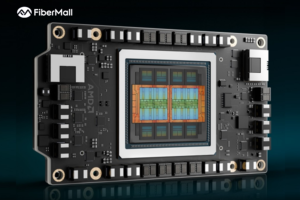
AMD: Pioneering the Future of AI Liquid Cooling Markets
In the rapidly evolving landscape of AI infrastructure, AMD is emerging as a game-changer, particularly in liquid cooling technologies. As data centers push the boundaries of performance and efficiency, AMD’s
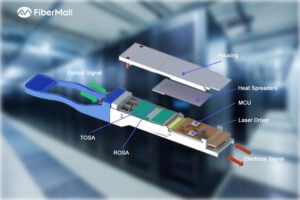
The Evolution of Optical Modules: Powering the Future of Data Centers and Beyond
In an era dominated by artificial intelligence (AI), cloud computing, and big data, the demand for high-performance data transmission has never been greater. Data centers, the beating hearts of this
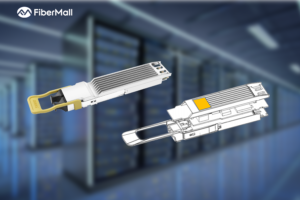
How is the Thermal Structure of OSFP Optical Modules Designed?
The power consumption of ultra-high-speed optical modules with 400G OSFP and higher rates has significantly increased, making thermal management a critical challenge. For OSFP package type optical modules, the protocol
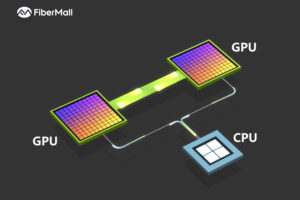
AI Compute Clusters: Powering the Future
In recent years, the global rise of artificial intelligence (AI) has captured widespread attention across society. A common point of discussion surrounding AI is the concept of compute clusters—one of
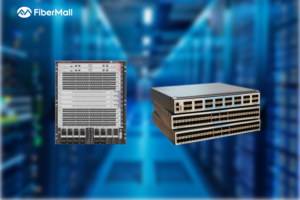
Data Center Switches: Current Landscape and Future Trends
As artificial intelligence (AI) drives exponential growth in data volumes and model complexity, distributed computing leverages interconnected nodes to accelerate training processes. Data center switches play a pivotal role in
Related posts:
- Is the CX7 NDR 200 QSFP112 Compatible with HDR/EDR Cables?
- If the Server’s Module is OSFP and the Switch’s is QSFP112, can it be Linked by Cables to Connect Data?
- Is UFM as Functional as Managed Switch and Unmanaged Switch?
- Can the CX7 NIC with Ethernet mode interconnect with other 400G Ethernet switches that support RDMA?
